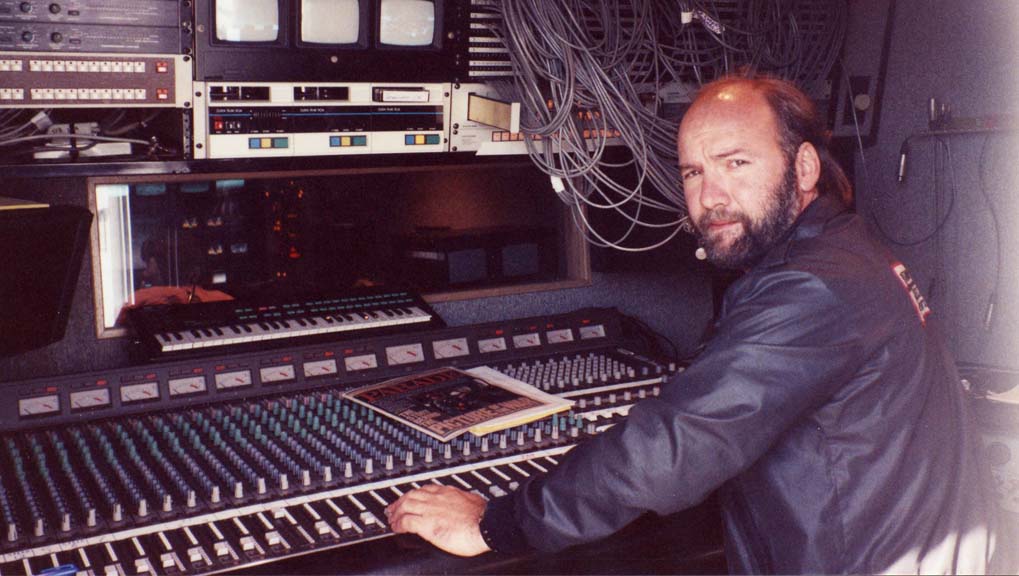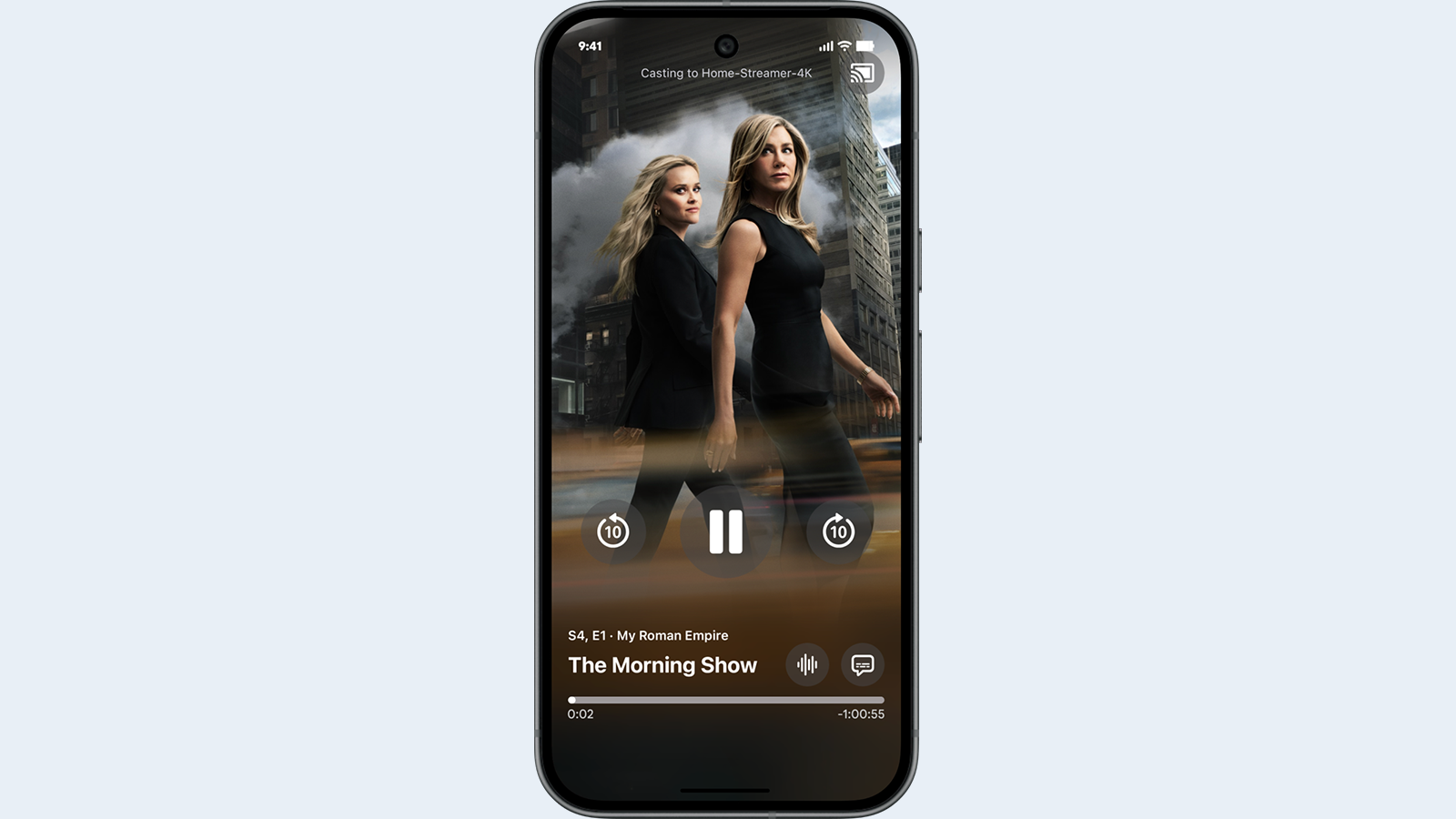Why Good Sound Mixing Help Is Hard to Find
Tech advances have made the audio supervisor’s role even more complex—and intimidating

I often hear there is a shortage of top-tier sound mixers. I think I have heard that since I did my first show with ESPN back in 1983, and I would say there was possibly a shortage of television technicians at that time, particularly in audio. ESPN found me in a recording studio and was patient enough or, as Donna Shackett once said, “desperate enough to train you.”
I was told that in the early days of ESPN, the Big Three television networks, ABC, CBS and NBC, even discouraged their union technicians from working freelance for the fledgling all-sports cable network.
Is the shortage of qualified people because the education, recruitment and training process is flawed, or what?
I quickly learned there was a process for grooming audio folks. You started in the field and worked (earned) your way up the ladder into the OB truck or studio. This was the opportunity to find a mentor, because training was on the job.
There was limited technical or college curricula and it was a time when good troubleshooting skills and some electronics went a long way. Now there are schools with audio OB vans. While this may be good for the school’s recruitment, the graduates are probably a ways off from mixing an event and are now probably in debt.
More Automation, More Stress
When I hear that there is a shortage of top-tier qualified mixers, I tend to think that there is a shortage of certain qualifications. As early as May 2021, I wrote in TV Tech about computer-driven mix automation before the term AI was even used. The new-era audio supervisor/producer role is not about beautiful-sounding productions; it’s about getting on and off the air cleanly, not up-cutting announcers or playback, and making sure the director’s and producer’s headsets are working flawlessly.
The audio supervisor must not only plan for multiformat audio output for a potentially wide range of playout options—plus plan for archives—but also program the traffic over intercoms. The job can be intimidating.
The professional video industry's #1 source for news, trends and product and tech information. Sign up below.
When I talk to some audio assistants, I have often heard there is not enough money to move up for the stress that comes with the “hot seat.”
What Went Wrong?
The change from analog to digital technology accounted for increased productivity, but also demanded an increase in technology skills.
It did not help that the development and learning curve of almost all broadcast equipment was happening at the same time. The analog-to-digital migration seemed to develop first with intercoms. It wasn’t enough to have exponentially more channels; there were now significantly more options and possibilities—and often more headaches. The largest shows often required an intercoms specialist, but just getting a couple of channels of intercom on a basketball game with an inexperienced audio crew and a grumpy engineer in charge sometimes seemed daunting.

Digital technology is well-entrenched, and there are far fewer new devices. Operationally, the equipment has more similarities than differences, which relieves some of the audio mixer’s anxiety.
There is more demand for content than ever, which translates to more productions, producers, technicians and engineers—often doing multiple tasks.
To head off labor issues, in 2014 ESPN hired hundreds of audio technicians in a move that the network said was to “insure continued technical support” with its meteoric growth in sports production not only for ESPN, but also for ABC.
How and Where to Start
So how do you get an entry-level job in broadcasting? The press on AI would lead you to believe that it will replace entry-level positions. Just like with most television audio professionals, you start in the field or on the stage and work your way up. With more productions than ever, there is a lot of on-site setup that has to be accomplished. Besides the basics of needing to set up microphones, there are still a lot of intercoms.
For the new-era audio supervisor, managing all the audio at an event will become the norm. They will be mapping the signals, mixes and outputs, plus all communications, as well as supervising the setup crew—and maybe from a distant location.

AI has proven itself as a mixing assistant for effects and even enhanced supplementation. When I wrote about AI, “audio intelligence,” I was told by some television directors and producers that I was full of it. Maybe, maybe not. Computers (AI) are good at logical replication, such as camera rotation over a baseball diamond, but I have never seen a computer set up a microphone or headset. Come to think about it, I have never seen a producer or director pull cable or program an intercom.
If you want a job in television, learn how to properly set up microphones and program a mixing console or intercom. Those entry-level jobs are not going away or getting replaced by high-powered computers, like some production and directing jobs.
I once told a university class that if they ever saw a television truck, follow it and volunteer to unpack, pull cable or whatever you can do to make yourself useful.
Dennis Baxter has spent over 35 years in live broadcasting contributing to hundreds of live events including sound design for nine Olympic Games. He has earned multiple Emmy Awards and is the author of “A Practical Guide to Television Sound Engineering,” published in both English and Chinese. His current book about immersive sound practices and production will be available in 2022. He can be reached at dbaxter@dennisbaxtersound.com or at www.dennisbaxtersound.com.

